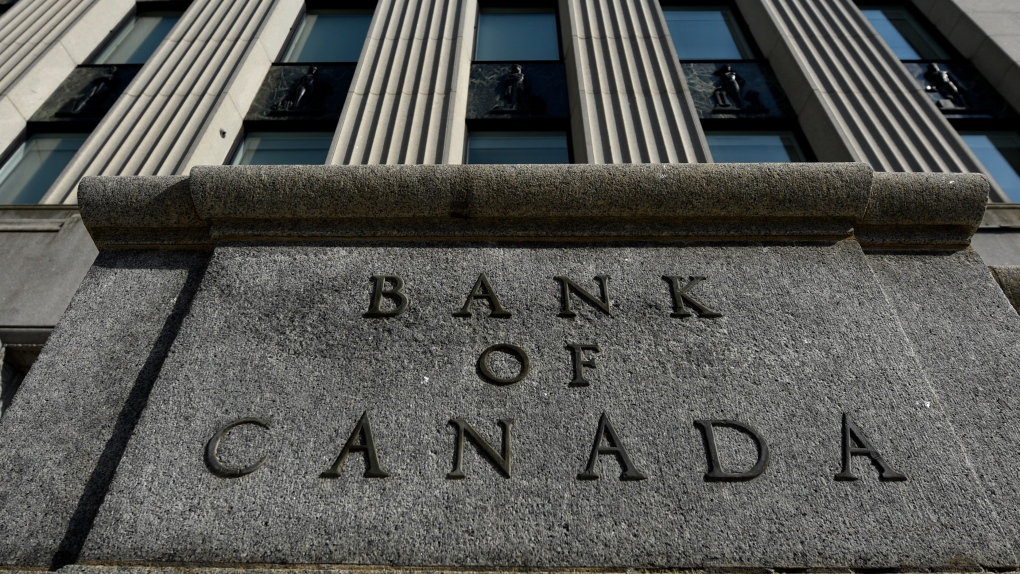
The Bank of Canada released a summary of its Governing Council meetings on Wednesday, providing the public and financial institutions with more insight into the central bank’s decision to raise its key interest rate on Jan. 25.
The Governing Council, made up of six members including Bank of Canada Governor Tiff Macklem and his deputies, met five times starting on Jan. 18, before their decision on Jan. 25 to raise the overnight rate by a quarter of a per cent to 4.5 per cent.
Discussions at these meetings did look at the possibility of pausing the rate at 4.25 per cent.
“The case for leaving the policy rate at 4.25 per cent was that developments with respect to both the economy and inflation were beginning to move in the right direction and that policy had been forceful and just needed more time to do its work,” reads the summary released on Wednesday.
Ultimately, the council’s consensus to raise the rate was due to a tight labour market and concern over stronger-than-expected economic growth in the third and fourth quarters of 2022. Despite this, there was also consensus to indicate a pause in the bank’s hikes to measure the full effect of its forceful tightening.
Members of the council viewed the tight labour market as an indication the economy remains in excess demand, and project that rebalancing the labour market may take longer than usual as businesses continue to face labour shortages.
“Council concluded that wage momentum was plateauing in the range of 4 per cent to 5 per cent,” reads the summary. “Persistent wage growth in this range was not viewed as consistent with achieving the 2 per cent target.”
Domestically, the bank debated why consumption could be slower than it projected. The members of the council noted that many Canadian households may be renewing five-year terms on their mortgages, which means many consumers could be facing higher monthly mortgage payments, which dampens consumption.
Discussions around the international economy were focused mainly on the United States reaching its debt ceiling, and how negotiations in U.S. Congress around raising it could become “protracted and pose risks of financial volatility if an agreement were elusive.”
Other international factors the council considered included China and its rapid relaxation of COVID-19 policies, which could pose a risk of higher oil prices, if China’s demand outweighs what was initially expected. Overall, even with central banks tightening their policies worldwide, members of the council concluded global inflation had edged down from its peak and “the perceived risk of a deep recession had decreased.”
The central bank plans to continue these summaries of Governing Council meetings. The decision to release them was in response to recommendations made by the International Monetary Fund in its transparency review of the central bank.
“It will give some additional insight into our decision-making process,” Macklem said in an interview on Jan. 25. “What were the key factors at play? What were the options on the table? And really, how did we drive to a consensus decision?”